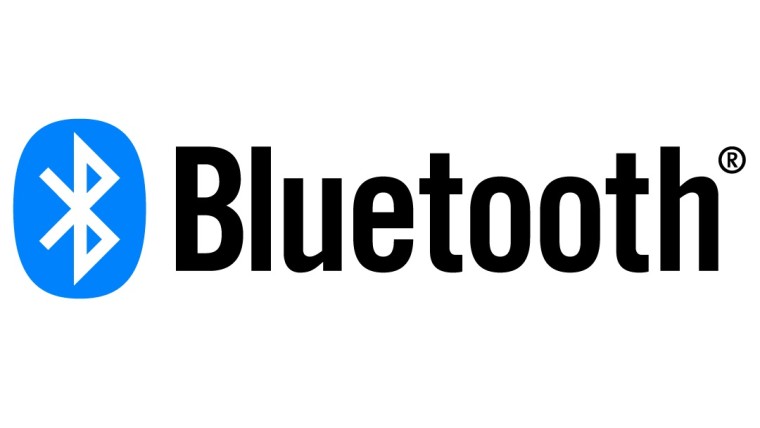What is bluetooth technology ?
Bluetooth technology is a wireless communication standard that allows devices to connect and exchange data over short distances. Technology has become ubiquitous in modern life, with devices such as smartphones, laptops, and wireless headphones all featuring Bluetooth connectivity. But where did Bluetooth technology come from, and how did it evolve into the ubiquitous technology we know today?
The origins of Bluetooth technology can be traced back to the early 1990s when the Swedish telecommunications company Ericsson began to explore the idea of developing a wireless technology that could connect electronic devices. Ericsson was looking for a way to eliminate the need for cables and wires between devices, which would simplify the process of connecting and using them.
In 1994, Ericsson formed a team of engineers to develop this new wireless technology. The team included Jaap Haartsen, a Dutch engineer who is now widely credited with inventing Bluetooth. Haartsen began working on a wireless technology that could transmit data over short distances using low-power radio waves.
Haartsen's work on this technology was soon joined by a group of engineers from other companies, including IBM, Intel, Nokia, and Toshiba. Together, these companies formed the Bluetooth Special Interest Group (SIG), a consortium dedicated to developing and promoting Bluetooth technology.
The first version of Bluetooth was released in 1998. This early version of the technology was only capable of transmitting data at a rate of 1 Mbps over distances of up to 10 meters. However, it was a significant step forward in wireless technology, as it allowed multiple devices to connect to each other without the need for cables or wires.
Over the next few years, Bluetooth technology continued to evolve and improve. In 2000, the Bluetooth SIG released Bluetooth 1.1, which added support for faster data transfer rates and improved security features. In 2004, Bluetooth 2.0 was released, which added support for Enhanced Data Rate (EDR), allowing for even faster data transfer speeds.
In 2007, the Bluetooth SIG released Bluetooth 2.1, which introduced a new feature called Secure Simple Pairing (SSP). SSP made it easier for users to connect their devices to each other securely, without the need for complicated passcodes or authentication processes.
Since then, Bluetooth technology has continued to evolve and improve. In 2010, the Bluetooth SIG released Bluetooth 3.0, which added support for High-Speed Bluetooth (HSB), allowing for even faster data transfer speeds. In 2016, Bluetooth 5 was released, which offered improved range, speed, and security features.
Today, Bluetooth technology is used in a wide range of devices, from smartphones and laptops to wireless speakers and headphones. It has become an essential part of modern life, allowing us to connect and communicate with our devices quickly and easily.
In conclusion, the history of Bluetooth technology is a story of innovation and collaboration. From its humble beginnings in the early 1990s, Bluetooth has evolved into a ubiquitous technology that has transformed the way we connect and communicate with our devices. As technology continues to evolve, it is likely that Bluetooth will continue to play an essential role in our lives for many years to come.




.jpeg)